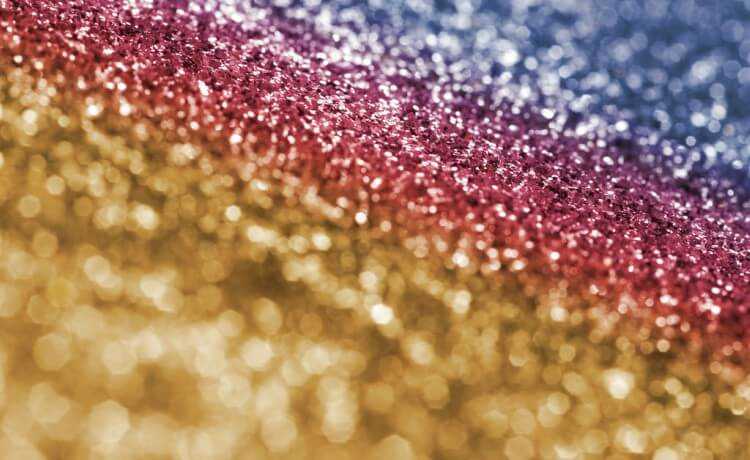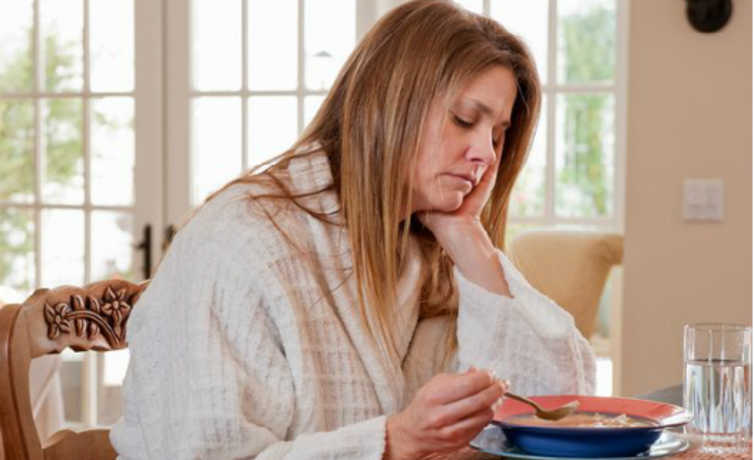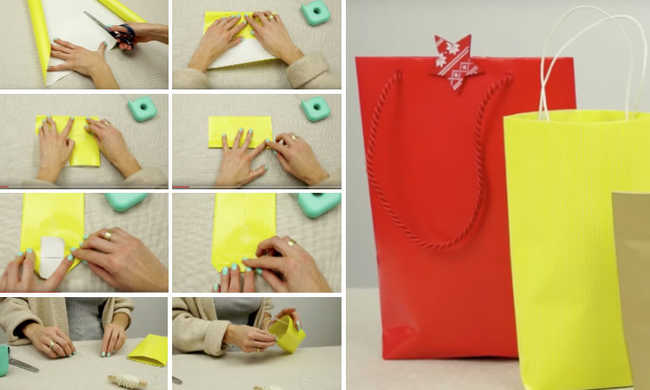How to dispose of medicine packaging
A drug can have two or more types of packaging and all of them must be correctly disposed of

Simone van der Koelen image available on Unsplash
Disposing of medicine packaging correctly is a simple task that avoids harmful effects on animals and humans and the contamination of soils and water bodies.
But how to correctly dispose of medicine packaging? Basically, each drug has two types of packaging and each one needs a specific destination. The packaging that is in direct contact with the medicine must be destined for incineration, while the outer packaging, usually made of paper, must go for recycling. The label's destination is also recycling.
- Recycling: what is it and why is it important
The packaging that is in contact with the medicine is received by pharmacies, Basic Health Units (UBS) and supermarkets - and its destination is incineration. To find the collection points for this type of disposal closest to you, consult the free search engine at eCycle portal . If you don't find any collection point nearby, look for the Sanitary Surveillance.
The outer packaging, made of paper, must be destined for recycling. Find recycling stations closer to your home in the search engines of eCycle portal, or deliver it to pharmacies, UBSs or supermarkets.
The National Policy on Solid Waste (PNRS) establishes as mandatory the correct disposal of medication and medicine packaging. The so-called "reverse logistics" works with pharmacies and drugstores accepting expired medications to forward them to their final destination without risk of contamination.
To better understand how to properly dispose of medicine packaging, check out some examples in the images below:
Types of Medicine Packaging
Medicine packaging is basically divided into two types: primary packaging and secondary packaging.
The primary medicine package is the one that is directly in contact with the medicine, and therefore it must be destined for incineration. Check out examples of this type of packaging:blister

Simone van der Koelen image available on Unsplash
Envelope

tube

handbag

Image by Marcelo Leal, available on Unsplash
ampoules

Syringe

Bottle

The secondary medicine packaging is the one that is not directly in contact with the medicine, and is usually made of paper, as in the image below:

How to dispose of medicines and their packaging
As we have seen, a medicine can be accompanied by two types of packaging: the primary packaging (which is in direct contact with the medicine) and the secondary packaging (which is not in direct contact with the medicine).
The primary packaging, even if empty, is not recyclable. As it is in direct contact with the drug, it can be toxic and cause damage to the environment, and cannot be disposed of with common (non-recyclable) waste.
Primary packages with or without medication, as well as syringes and sharp materials, are received by pharmacies, Basic Health Units (UBSs) and supermarkets. To find the collection points for this type of disposal closest to you, consult the free search engine at eCycle portal. If you don't find any collection point nearby, look for the Sanitary Surveillance.
But remember to keep medications in their original packaging at all times. And if they are still past their expiration date, keep them in their secondary packaging.
Sharps should be packed inside strong containers such as PET bottles, cans and rigid plastic to eliminate the risk of accidents.
If by chance your medicine has escaped from the primary packaging, it must be repackaged. For this, a packaging that suits the type of medicine is required. Pills, for example, can be stored in appropriately sized plastic bags or in lidded containers.
If the syrup bottle, for example, has broken, it should be packed in a tightly capped, rigid plastic (or even glass) container.
Paper boxes, as well as the package insert, are classified as secondary packaging, as they do not have direct contact with the drug. In this way, they are not toxic to the environment and can be recycled. Find recycling stations closer to your home in the search engines of eCycle portal, or delivered to pharmacies, UBSs and supermarkets.
Check out a selection of tips on how to keep your medicine chest clean and organized:What happens to properly discarded medicine and packaging?
Sharp objects and syringes are decontaminated in treatment plants. They are then taken to landfills, where they are deposited as solid materials.
Medicines and other pharmaceutical chemicals are mostly incinerated in an environmentally sound manner.
Secondary packaging, if disposed of correctly, is recycled.
Why appropriately dispose
In contact with the environment, drugs can show toxic activity during or after their decomposition. Thus, they need to be disposed of correctly, in order to avoid contamination of the soil and water, damage to animals and people who work in garbage collection or who eventually consume contaminated animals and water.
Never discharge by flushing
By disposing of the drug through the sewer system, we increase the chance of contamination of marine animals and land animals and humans themselves. This is because, once in the sewer, the drug can end up in the sea or other bodies of water, where it comes into contact with living organisms, causing damage to its reproduction and development.
Antibiotics discarded in nature have contributed to the generation of superbugs. Contraceptives, antidepressants and analgesics, in turn, have put pressure on fish.
And, through food and water intake contaminated by these drugs, humans are also harmed. Exposure to high levels of estrogen (a hormone present in contraceptives) present in drinking water, for example, increases the chances of developing breast and ovarian cancers for women and can lead to decreased genitals and reduced sperm levels for men.










